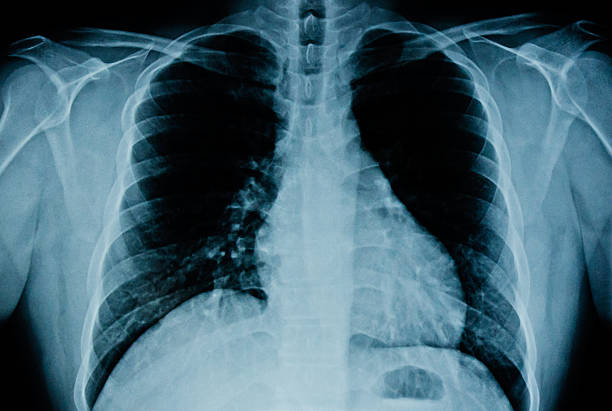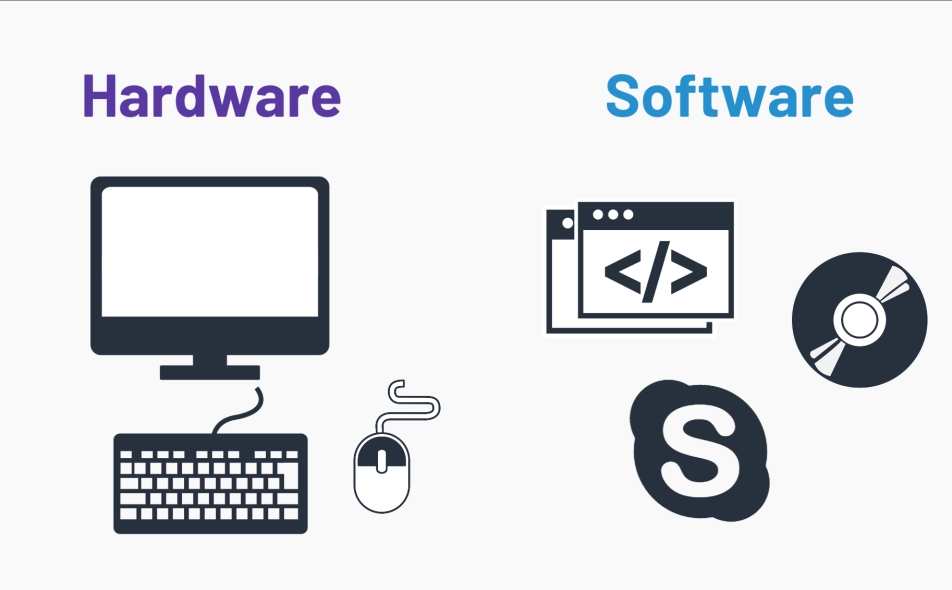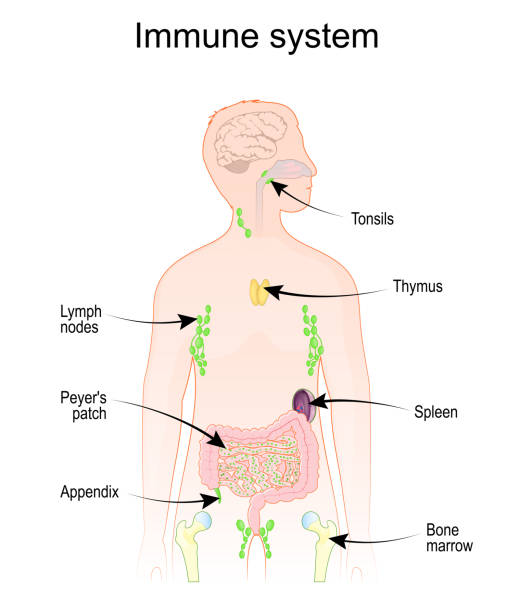Science is often portrayed as a careful, methodical pursuit, where researchers follow precise steps and predict outcomes with meticulous accuracy. And while that is often true, history tells a different, more surprising story: some of the greatest scientific breakthroughs and inventions were not the results of perfectly planned experiments but rather the by-products of chance, curiosity, and even mistakes.
These “accidental” discoveries changed the world. They shaped medicine, technology, food, and even the way we see the universe. What makes them so fascinating is not only the discoveries themselves but the stories of the people behind them—scientists, inventors, and everyday individuals who stumbled upon something extraordinary, sometimes while searching for something entirely different.
In this article, we will explore ten of the greatest discoveries made by accident—moments where serendipity collided with human curiosity to forever alter history.
1. Penicillin – The First True Antibiotic
In 1928, Alexander Fleming was conducting experiments on Staphylococcus bacteria at St. Mary’s Hospital in London. After returning from a vacation, he noticed something strange: one of his petri dishes had been contaminated by mold, and around that mold, the bacteria had disappeared.
The mold, later identified as Penicillium notatum, produced a substance that killed many types of harmful bacteria. At first, Fleming did not fully realize the significance of his discovery, but within a decade, penicillin was developed into the first true antibiotic.
This “accident” revolutionized medicine. Before penicillin, infections such as pneumonia or septic wounds often proved fatal. With antibiotics, countless lives were saved during World War II and beyond. Today, penicillin remains one of the most important drugs in history, a discovery that began with a contaminated dish.
2. Microwave Oven – Heating Food with Radar
In the 1940s, engineer Percy Spencer was working with radar technology at Raytheon Corporation. One day, while standing near a magnetron (a device that generates microwaves), he noticed that a chocolate bar in his pocket had melted. Intrigued, he placed popcorn kernels near the magnetron, and they began to pop.
This led to the development of the first microwave oven, a machine that could cook food far more quickly than traditional methods. The first commercial microwave oven was bulky and expensive, but over time, it became a common household appliance.
What began as a surprising side effect of radar research has since transformed the way we prepare food, making cooking faster and more convenient for billions of people.
3. X-Rays – Seeing Inside the Human Body
In 1895, German physicist Wilhelm Conrad Röntgen was experimenting with cathode ray tubes when he noticed that a nearby fluorescent screen began to glow—even though it was shielded from the tube. Something invisible was passing through solid objects.
Röntgen called these mysterious rays “X-rays” because their nature was unknown. To test them, he made the first X-ray image: a picture of his wife’s hand, showing her bones and wedding ring.
This accidental discovery transformed medicine overnight. For the first time, doctors could see inside the human body without surgery. X-rays also became crucial in dentistry, airport security, and scientific research. Röntgen received the first-ever Nobel Prize in Physics for his discovery, which continues to save lives every day.
4. The Big Bang Background Radiation – Echoes of the Universe’s Birth
In 1964, physicists Arno Penzias and Robert Wilson were working with a large radio antenna at Bell Labs, trying to improve satellite communications. They were frustrated by a persistent “noise”—a faint background hiss—that they couldn’t eliminate, no matter how much they adjusted their equipment.
Unbeknownst to them, this noise was not equipment malfunction but the faint afterglow of the Big Bang—cosmic microwave background radiation left over from the birth of the universe nearly 14 billion years ago.
Their accidental discovery provided one of the strongest pieces of evidence for the Big Bang Theory, reshaping our understanding of cosmology. What they thought was a technical problem turned out to be one of the most profound discoveries in the history of science.
5. Teflon – The Slippery Substance
In 1938, chemist Roy Plunkett was working at DuPont, attempting to create new refrigerants. While experimenting with tetrafluoroethylene gas, he noticed that one of his pressurized cylinders no longer released gas. When he cut it open, he found a strange, slippery white powder coating the inside.
This substance was polytetrafluoroethylene (PTFE), later marketed as Teflon. Teflon proved to be incredibly resistant to heat and chemicals, and its nonstick properties made it perfect for cookware. Beyond the kitchen, it has been used in aerospace, electronics, and even medical devices.
What started as an unexpected residue in a gas cylinder became one of the most useful materials of the 20th century.
6. Plastic – The Material That Changed Everything
In 1907, Belgian chemist Leo Baekeland was searching for a substitute for shellac, a natural resin used in electrical insulation. While experimenting with phenol and formaldehyde, he accidentally created a hard, moldable substance that would not burn or melt.
He named it Bakelite, the first true synthetic plastic. It was cheap, durable, and versatile, quickly finding applications in everything from telephones and radios to jewelry and kitchenware.
This discovery ushered in the “Age of Plastics,” changing industries worldwide. Though plastic has since raised environmental concerns, its impact on modern life—from medical equipment to packaging—remains immeasurable.
7. Safety Glass – A Shattered Flask
In 1903, French chemist Édouard Bénédictus accidentally dropped a glass flask in his laboratory. To his surprise, it shattered but did not scatter into sharp, dangerous shards. Upon investigation, he realized the flask had been coated with a thin layer of plastic cellulose nitrate, which held the pieces together.
This accident inspired Bénédictus to develop safety glass, which would later be used in car windshields, eyeglasses, and countless other applications where shatterproof materials are vital.
From a single accident in a laboratory, a discovery emerged that has saved countless lives by preventing deadly injuries from glass breakage.
8. Saccharin – The First Artificial Sweetener
In 1879, chemist Constantin Fahlberg was working in the laboratory of Ira Remsen at Johns Hopkins University, studying coal tar derivatives. After a long day, Fahlberg went home to dinner and noticed his bread tasted unusually sweet. He quickly realized he had forgotten to wash his hands after handling chemicals in the lab.
The substance responsible was saccharin, the first artificial sweetener. Though its discovery was accidental, saccharin went on to become widely used, particularly during sugar shortages in World War I and World War II.
Today, artificial sweeteners continue to play a role in food and health, though they remain a subject of debate regarding their long-term effects.
9. Vulcanized Rubber – From Sticky Goo to Industrial Marvel
In the early 19th century, rubber was known but practically useless. It was sticky, smelly, and melted in heat or cracked in cold. Charles Goodyear spent years trying to improve it. One day in 1839, he accidentally dropped a mixture of rubber and sulfur onto a hot stove.
To his amazement, the rubber did not melt but became tough, elastic, and durable. This process, later called vulcanization, transformed rubber into a material suitable for tires, machinery, and countless industrial uses.
Though Goodyear struggled financially during his lifetime, his accidental breakthrough became one of the most important materials of the modern age.
10. Post-it Notes – From Failed Super Glue to Global Office Staple
In 1968, Dr. Spencer Silver, a scientist at 3M, was attempting to create a super-strong adhesive. Instead, he produced a weak, pressure-sensitive glue that stuck lightly to surfaces but could be easily removed. At first, it seemed useless.
Years later, his colleague Art Fry thought of a clever application: using the adhesive to anchor bookmarks in his church hymnal without damaging the pages. This idea became the Post-it Note, first released in 1980.
What began as a “failed” adhesive turned into one of the most successful office products ever created, revolutionizing the way people organize, share, and communicate ideas.
Conclusion
These ten discoveries remind us of a profound truth: science is not always linear, predictable, or controlled. Often, progress comes from accidents, mistakes, and the willingness to recognize something extraordinary when it happens. What separates these accidental discoveries from forgotten mishaps is human curiosity—the drive to ask why something happened, and how it might be useful.
From penicillin saving millions of lives to X-rays revealing the hidden world inside our bodies, these serendipitous moments have shaped the modern world in ways their discoverers could never have imagined. They remind us that even in accidents, there is opportunity, and that sometimes the greatest discoveries are the ones we least expect.






